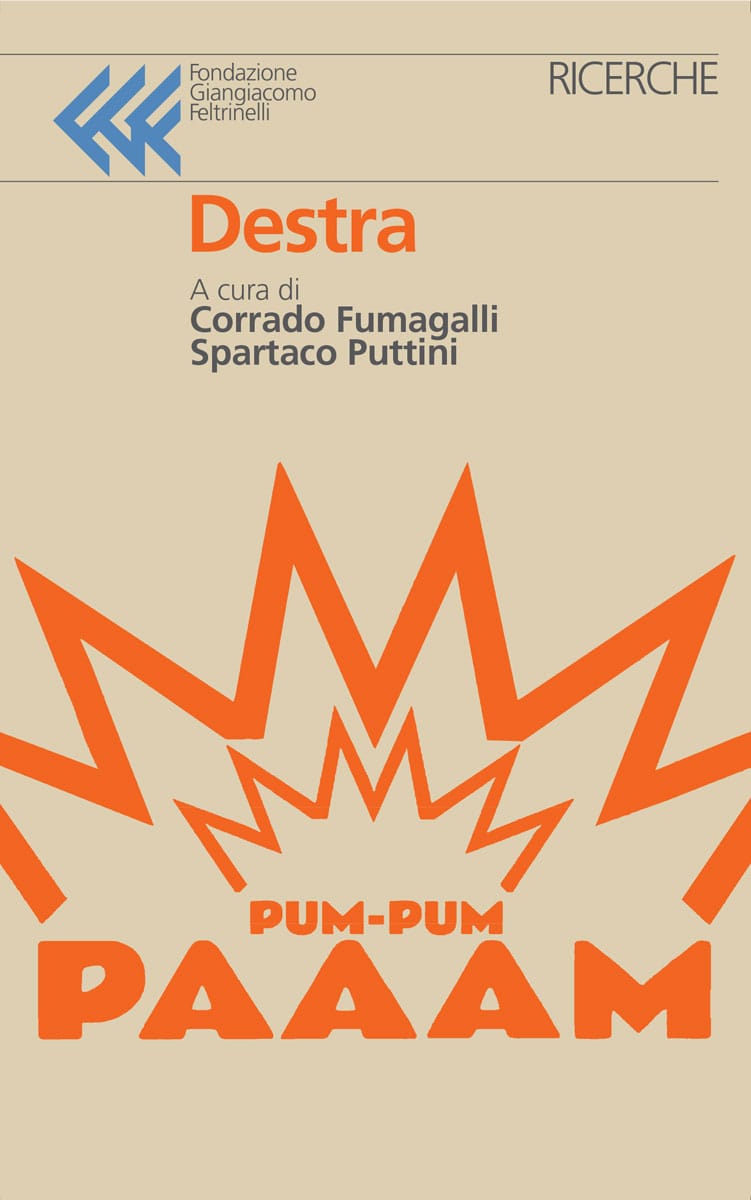Our ambition
The working group has embraced the call to consider the deep wounds left by the post-World War II intense development and by urban planning in favor of “monofunctional” areas, addressing the possibilities of fully livable and sustainable cities. Established conceptions of the city and the paradigm of productivity have produced multiple cleavages between services, labor and the venues for aggregation and community building. These effects are particularly exacerbated today, while the COVID-19 pandemic still affects many cities and drastically questions the models of our collective life: the challenges of reduced mobility, the rethinking of work rhythms, the sustainability of human adaptation and the need for renewed proximity services are some of the urgent topics we have highlighted for the planning of the immediate future.In the two days of discussions, we aimed at converging the imperative of ecological transition with the reshaping of the critical infrastructures for the resilience of cities and the refusion of the civic sphere. In order to imagine services that improve the lives and bonds of our communities, starting from those who are at the margins and pursuing a sustainable path, we started from the issue of private mobility, from the redefinition of the functional division between “dormitory” suburbs and centers of work and service, from the encouraging experimentations that retrace human-centeredness and nature-based solutions. Joining the challenge of a lively debate, we have mobilized multidisciplinary expertise and evaluated potentials and limitations of national and international experiences, to focus on what needs to be repaired and on thewhich the key infrastructures are, to outline the resistances faced by cities at different levels, to imagine together more radical partnerships between public and private initiatives. Clearly, the draft that has emerged is a model of intervention to be explored in a more comprehensive way, but that summarizes a vision that we believe is necessary for an alternative urban and civil repair.
Our proposal for action
We claim for a reconsideration of basic infrastructures of daily life as common goods. Our model of action is an extended, integrated, and revised interpretation of the “social superblock,”, and the re-design of local neighborhoods, especially considering marginal and more peripheral areas.
This concept is represented by DOMUS as a network of hubs for fostering and catalyzing the Socio-Ecological Transition. DOMUSIt is based on three main principles:
- promotion of social inclusion,
- the accessibility of basic services for all,
- the mitigation and adaptation of climate change impacts.
DOMUS S.E.T. proposes a physical infrastructure, to be placed within the existing urban and social fabrics, where the overturning of mobility structures and sustainable shared mobility will offer an improved inter-connectedness and will make it possible to reconfigure public spaces previously dedicated to traffic. Here, common goods will be shared and equally redistributed, spaces for co-working, recreational activities and educational purposes will be re-composed, also in light of the opportunities opened by digitalization during the health emergency.
The requalification and rehabilitation of underused spaces will be addressed through the implementation of nature-based solutions, such as blue and green infrastructures (e.g., rainwater management and reuse, energy production and storage). Cultural and aggregative venues will allow people to follow the dynamics of city life and participate in their transformation. DOMUS S.E.T. will conciliate between diverse actors in order to structure a governance system based on the co-production of knowledge and space.
The traditional roman domus organized domestic living spaces around an atrium, a central core infrastructure that housed both social encounters and the impluvium, an underground tank that collecting rainwater for local use. As it emerged during the two-day workshop, the metaphor of the ancient house as a source of energy and common life couldcold fail to evoke a possible future, since it recalls a sustainable lifestyle intrinsically overcome by contemporality, and hence no longermore reproducible. We do recognize the distance of such a model of urbanism, but we strongly support the need for a deeply new ecology. Indeed, far from claiming a blind return to an impossible and not truly sustainable image of the city, the proposal intends to face the challenge of rethinking radically the structural and ideological order of our twentieth-century cities. The essentially transitory and provocative title thus aims to convey an evocative power, able to foster not only imagination but the courage and determination to deeply alter deeply the fabric and priorities of industrial-based cities. We also realize that the private and privileged character of the ancient domus might remind one of the divergence between urban elites and marginal groups. Provocatively, we would like to call attention to the unequal outcomes of many current regeneration processes and demand, to the contrary, for a widespread and reappropriated infrastructure for domesticating city life.
Our reflection has started from the idea of transformin the mobility structure of our broken cities, emphasizing potentials and weaknesses of chrono-centric projects such as the “15-minutes city”, urban planning aimed at limiting car traffic and opening green hubs;, such as the “Superilles” and Green Streets in Barcelona or the Berlin Autofrei campaign, sustainable logistic platforms as Ethical Delivery; and lastly such as community-driven interventions, as the alternative master plan Pro Helsinki 2.0, smaller forms of tactical urbanism and “guerilla” food security systems. We have stressed the role of “diffuse” semi-autonomous centers and the emphasis on space and time to improve communities’ life, but also the need to incorporate the lessons from digitalization (e.g., 0-minutes services and digital divide).
Having established the criticality of mobility transition, favoring pedestrians and sustainable vehicles, we have merged diverse ideas on small-scale energy production to connect the function of liberated urban spaces and the need for a new ecology. The new collective infrastructure should have the dual purpose of creating opportunities for sociality around multifunctional spaces (“one-door” approach to proximity services) while experimenting forms to reconnect with the resources sustaining urban life.
Moreover, we have addressed the implications on sociality and community building taking into account the risk of capture by market forces and the possible distortions produced by exporting a monolithic model that might cause localism or reproduce lifestyles based on productivity and time pressure. For the socio-ecological transition to be equal and based on green spaces truly accessible, we have emphasized the limitation of political slogans, the effects of standardization on the lack of bottom-up appropriation of new spaces, and the perils of greenwashing and gentrification, coming from bigger scales than those of city blocks. Conversely, opportunities emerge if we consider inequalities and the configuration of novel pacts between public and private actors.
Implementation methods
The revolutionary idea is based on the necessity of recognition of natural resources scarcity in peripheral areas and a re-composition of the desired continuity of these resources’ networks altogether. This notion departs from the raising awareness of the people as infrastructure, on three axes:
1. Ecological transition. Regeneration of underused spaces with more nature-based solutions, such as green and blue infrastructure, to adapt and mitigate climate change.
2. Energy transition. Focus on collaborative governance in shared spaces related to energy networks, shared mobility and back to the grid systems.
3. Social transition. Through a radical paradigm shift, by focusing on local community and public participation through co-creation processes that enable longer-term pathways and maintenance.
Thus as conceived, the proposal imposes two interconnected movements. The first action concerns the change in the city mobility structure and the reconversion of current space devoted to mass individual mobility. Mobility hubs offering shared mobility connect the DOMUS to public transit adapted to on-demand flexible solutions. Private cars are communalized, and parking spaces are repurposed together with the community, to foster a communal mindset. Pricing schemes incentivize alternative mobility and disincentivize private car usage. Tickets are integrated and reduced for socially disadvantaged groups. As analyzed by automotive companies, it also remains necessary also to re-think sustainable mobility that connects future large cities as well asbut also rural areas, but overall, the mobility transition will make available new urban spaces that can be reused for greening, social spaces, and better diffused services.
The second move shall go further, avoiding simplistic green conversion of space, expensive maintenance and the risk of new speculations and asymmetries, but fostering the empowerment of people as basic infrastructure, and the emergence of institutions of proximity able to make explicit the city in the background. Digital platforms and renewed cultural centers link DOMUS to communities to provide information, connect resources and allow input from citizens. As hinted, we imagine spaces of experimentation of auto-sustenance, co-planning and co-designing of services starting from existing needs, informal and formal practices: an extensive body of expertise, from both academics and practitioners, is needed not only to provide the necessary knowledge but also to identify and integrate legislative resources, embodied in new policies and agreements.
In fact, the desired level of adaptability and sustainability of this model requires that both green lines and the functions of the new hubs start from small experimentations, with a tactical approach and sensitivity to territory specificities and existing formal and informal practices. DOMUS is conceived as an infrastructure adaptable to the multiplicity of the urban and social fabric, not a comprehensive and centralized planning. This will allow equal and effective appropriation from the citizens, incremental long-term adaptation and the avoiding of hard-to-maintain and top-down green solutions. Furthermore, co-creation cannot avoid a firm and deep intervention of public actors as mediators between the necessary private investments and the right to the city. Indeed, new green areas might contribute to a better life for all, but we stress the need for real responsibility and control on the risk for capture, gentrification, displacement, and many experimentations such as the rent control in Catalonia or the EcoDistrict of Portland as suggested possible ways. As during the 19th century, growing cities created new forms of taxation and partnership to create essential arenas of democracy, belonging and inclusion – museums, libraries, schools. We thus – so we call for deep and radical alliances that design a new framework of shared economic responsibility for new cities, new co-working spaces, and new green structures of production. To achieve a socio-ecological transition into a just city, DOMUS must be treated as the crucial new infrastructure to invest in together.
Broken Cities | Scroll up









